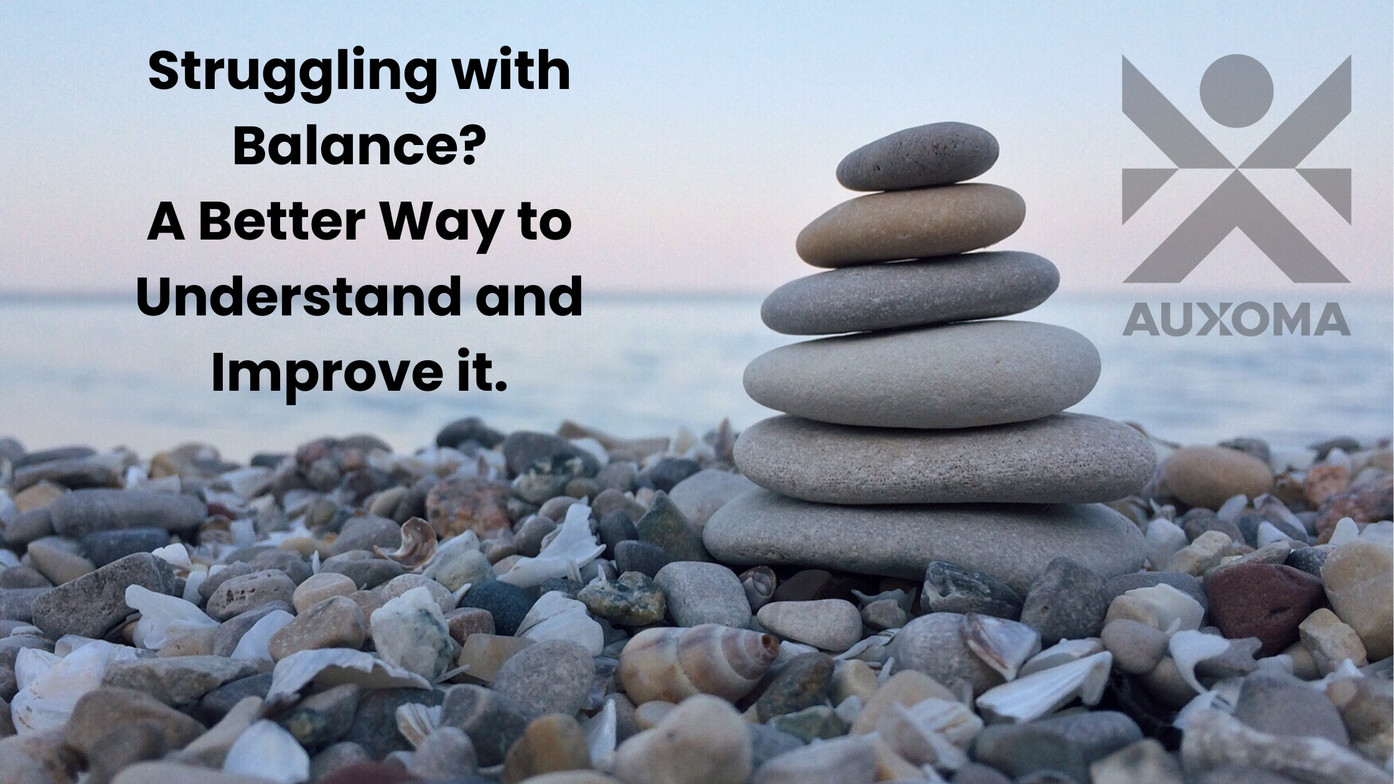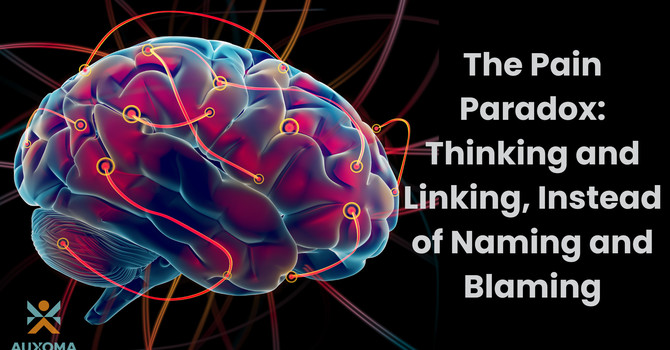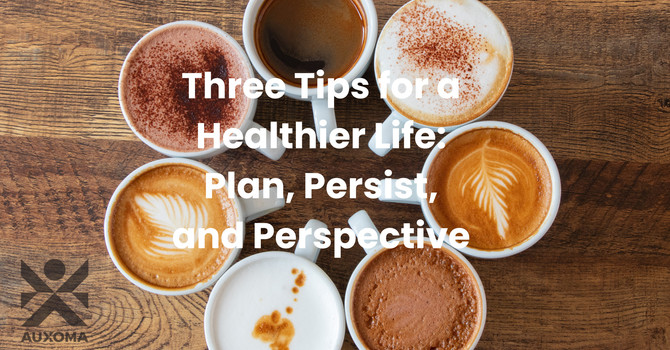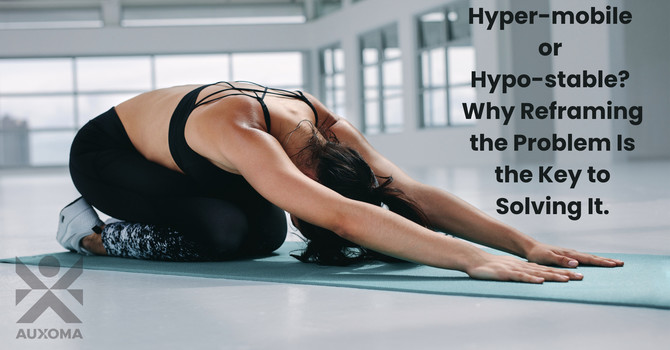
Struggling with Balance? A Better Way to Understand and Improve It
When most people think about balance, they imagine standing on one leg or walking a tightrope. But balance is so much more than a party trick or a test at your annual physical. It’s a reflection of how well your body communicates, adapts, and integrates movement—from head to toe, inside and out.
If you’ve been struggling with balance issues—whether in the gym, on a hike, or just moving through daily life—you’re not alone. But here’s the good news: the problem isn’t always where you think it is. And improving it doesn’t have to mean endless ankle exercises, balancing on Bosu balls until your calves cramp, or practicing one-leg stands every day.
The Body Doesn’t Work in Isolation: Why We Assess for Pain and Function
Dr. Perry Nickelston, founder of Stop Chasing Pain, puts it simply: “Pain is a request for change.” When your body is in pain, it’s often compensating for something—it’s trying to protect you. And one of the key systems it uses to signal dysfunction or threat is your balance.
When your balance feels off, that’s not just a stability issue—it’s a clue. Your brain may be detecting instability or danger, even if the pain is showing up somewhere else. A wobbly stance might come from your foot—but it could just as easily stem from poor breathing mechanics, visual misalignment, inner ear dysfunction, or even the way your brain is interpreting spatial awareness.
That’s exactly why we look at balance, even when patients come in primarily for pain. It gives us a window into how your body is communicating and compensating.
To uncover the real source of the issue, we use the Selective Functional Movement Assessment (SFMA) with every patient in our office. This full-body movement screen helps us go beyond symptoms to assess how the body functions as an integrated system. Because balance isn't just about your legs or your core—it's about how all parts of you are working together.
What Actually Affects Balance?
Balance is a coordinated effort between multiple systems in your body:
- Visual system (eyes)
- Vestibular system (inner ear)
- Proprioceptive system (body awareness)
- Breathing patterns and core stability
- Joint mobility and stability (especially ankles, hips, and neck)
- Neurological safety (how your brain perceives threat or stability)
A dysfunction in even one of these areas can create instability and balance issues.
Common Mistakes People Make
1. Training balance without first testing movement quality.
If your brain doesn’t feel safe with a movement, it won’t give you stability. Assessing your movement patterns helps identify the underlying issues before you start balance training.
2. Chasing the symptom, not the cause.
Just because you feel wobbly at the ankle doesn’t mean the ankle is the problem. Maybe your core isn’t firing. Maybe your neck lacks mobility, or your visual system isn’t tracking well. That’s why we test—so we don’t guess.
3. Ignoring breath and the nervous system.
Your breath influences your diaphragm, which influences core stability, which affects… well, everything. If you’re not breathing well, your nervous system is already compromised—and your balance suffers, often without you realizing why.
A Smarter Way to Improve Your Balance
If you're ready to move forward, here's where to begin:
Get a movement screen.
Work with someone trained in Selective Functional Movement Assessment to evaluate your movement and identify the weakest links.
Check your breath.
Practice diaphragmatic breathing: inhale through your nose, feel your ribs expand 360°, and exhale fully. This resets your nervous system and improves core stability.
Mobilize what’s tight, stabilize what’s loose.
Poor balance often stems from a mismatch in mobility and stability. Your hips may be stiff while your low back is compensating.
Listen to the body, not just the symptom.
You’re not broken—your body is adapting in the best way it knows how. Our job is to show it safer, stronger options, one step at a time.
Final Thoughts
Balance is a window into how your body is communicating with itself. It's not just about strong ankles—it’s about how well your body feels supported, integrated, and safe. With a functional movement approach and a nervous-system-aware mindset, you can stop guessing and start progressing.
Curious How Your Balance Is Really Affecting You?
Let’s uncover what your body is trying to say—so you can move better, feel more stable, and finally stop guessing.
Because we believe in this process so much, we offer a free consult—the only cost to you is scheduling a call with our team.
PS: Follow us on Instagram for more insights into effective pain management and wellness strategies.
Dr. Tyler Panko
Contact Me


